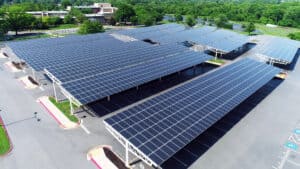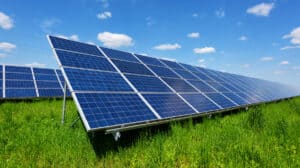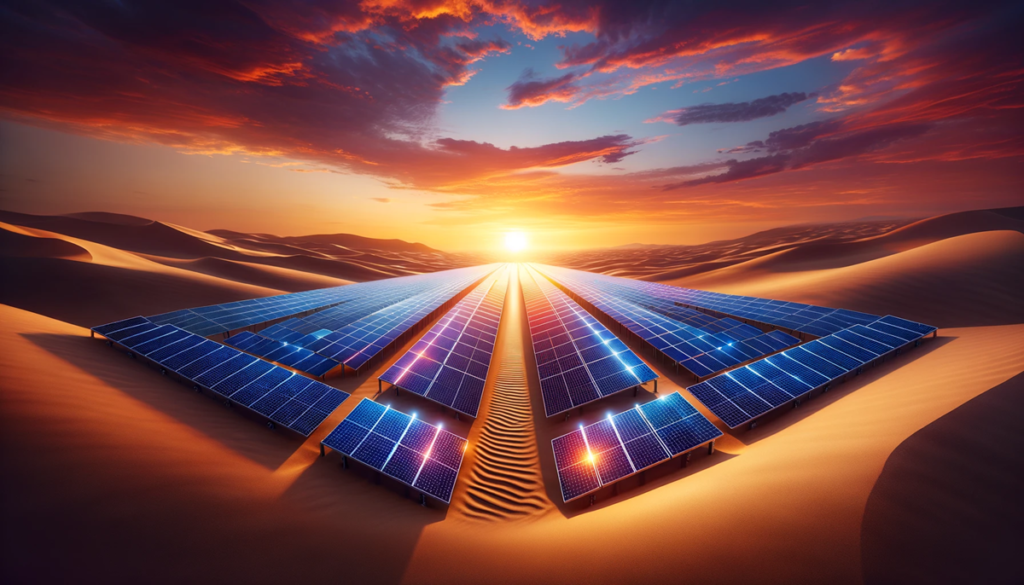Solar arrays represent a cornerstone technology for harnessing the sun’s power. Understanding these sophisticated systems is crucial for anyone considering solar energy adoption, whether for residential, commercial, or industrial applications. Let’s explore how solar generators work within these larger array systems.
Basic Definition and Function
A solar array consists of multiple interconnected solar panels working together to generate electricity from sunlight. Unlike single panels or portable units, arrays are designed to produce significant power output through the collective operation of numerous photovoltaic modules. For those new to solar technology, understanding what a solar generator is provides helpful context for comprehending larger array systems.
Components of a Solar Array
Modern solar arrays integrate several crucial components into a cohesive system. At their heart are photovoltaic cells, typically made from silicon, which convert sunlight into electrical energy. These cells are grouped into panels or modules, which are then connected to form the array. Quality components, such as Bluetti solar panels, can significantly impact system performance and reliability.
The mounting structure provides essential support and optimal positioning for the panels. This framework must withstand environmental forces while maintaining proper panel orientation. Power conditioning equipment, including inverters and charge controllers, ensures the generated electricity meets usage requirements.

Types of Solar Arrays
Solar arrays come in various configurations to suit different applications:
Ground-mounted Arrays offer maximum flexibility in positioning and scale. These systems can be fixed in place or incorporate tracking mechanisms that follow the sun’s movement, maximizing energy production. They’re particularly suitable for off-grid living applications.

Roof-mounted Arrays represent the most common residential and commercial installations. These systems integrate with existing structures, making efficient use of otherwise unused space. Modern roof arrays can even incorporate building-integrated photovoltaics, where solar cells are built into roofing materials.

Design Considerations
Successful solar array implementation requires careful attention to several key factors:
Available space and structural capacity must be evaluated to determine the maximum possible array size. Sun exposure analysis helps optimize panel placement and orientation, while geographic location influences overall system efficiency.
Energy requirements play a crucial role in system sizing. Some arrays can even be designed to charge electric cars, though this requires careful planning and appropriate sizing.
Performance Factors
Several elements affect solar array performance:
Panel efficiency determines how effectively sunlight is converted into electricity. Modern panels typically achieve 15-22% efficiency, with premium models reaching even higher rates.
Array orientation significantly impacts energy production. In the Northern Hemisphere, south-facing arrays typically generate the most power, though east/west orientations can also be effective for specific use cases.
Environmental factors such as temperature, shading, and weather conditions influence daily and seasonal performance. Professional designers account for these variables when planning array layouts.
Installation and Maintenance
Professional installation ensures optimal system performance and safety. The process typically includes:
- Comprehensive site assessment
- Structural evaluation and reinforcement if needed
- Electrical system integration
- Permitting and inspections
- Final system commissioning
Regular maintenance keeps arrays operating at peak efficiency. This includes:
- Periodic panel cleaning
- Connection inspection and tightening
- Performance monitoring
- Preventive maintenance
- System upgrades as needed

Conclusion
Solar arrays represent a scalable, sustainable solution for energy production across various applications. Properly designed and maintained arrays can provide reliable, clean energy for decades, whether powering a single home or an entire community. As technology continues to advance, solar arrays will play an increasingly important role in our transition to renewable energy sources.

Leave a Reply